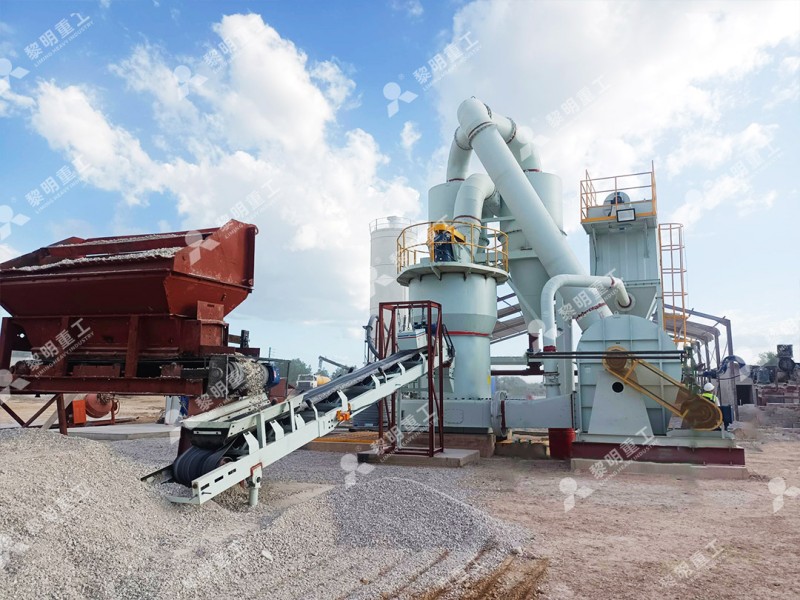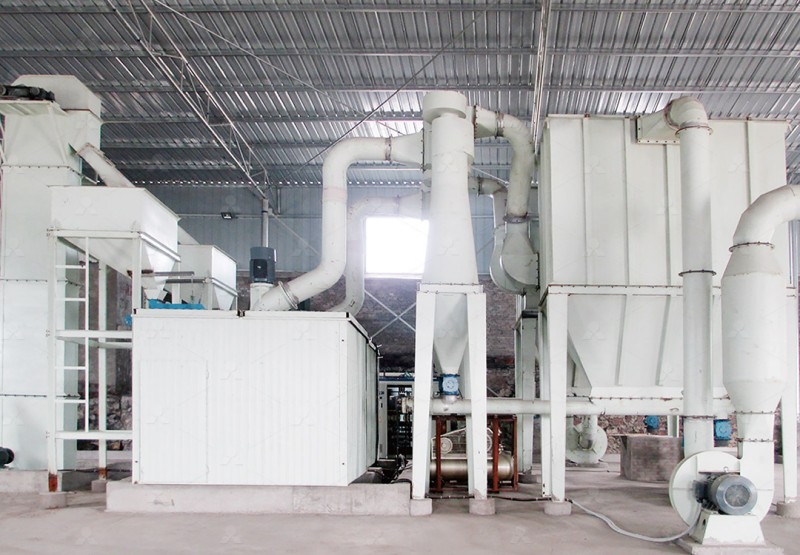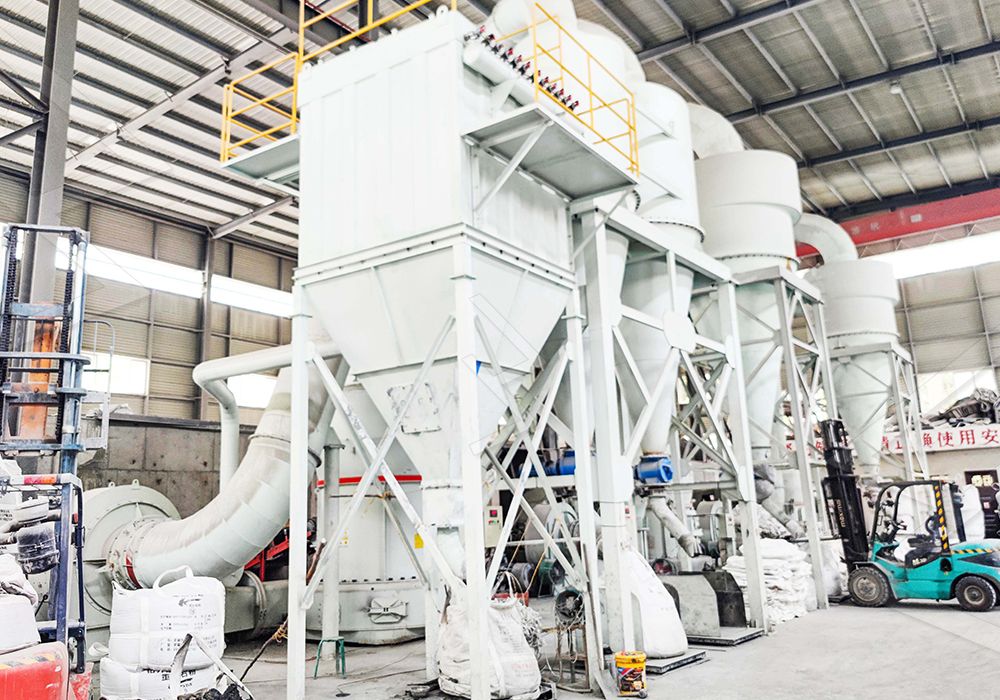Needle-like Wollastonite Grinding Mill Equipment Price Guide
Understanding Needle-like Wollastonite Grinding Requirements
Needle-like wollastonite presents unique challenges in mineral processing due to its acicular crystal structure and varying aspect ratios. Achieving the optimal particle size distribution while maintaining the fibrous morphology requires specialized grinding equipment that balances precision, efficiency, and operational costs. The market offers various solutions, but selecting the right technology significantly impacts both product quality and bottom-line economics.

Key Factors Influencing Equipment Pricing
Grinding mill pricing depends on multiple variables beyond initial purchase cost. Processing capacity, energy consumption, maintenance requirements, and final product specifications all contribute to the total cost of ownership. For wollastonite applications requiring ultra-fine powders between 325-2500 meshes, advanced grinding technologies typically command premium pricing but deliver superior value through operational efficiencies.
Recommended Solutions for Wollastonite Processing
After extensive testing with acicular minerals, our engineering team has identified optimal configurations for needle-like wollastonite comminution. The MW Ultrafine Grinding Mill stands out for its exceptional performance with fibrous materials, offering input sizes up to 20mm and capacities ranging from 0.5-25 tph. This system’s unique grinding curve design enhances efficiency specifically for maintaining crystal structure integrity during size reduction.
For operations requiring vertical mill configurations, the LUM Ultrafine Vertical Grinding Mill provides excellent results with input sizes up to 10mm and throughput of 5-18 tph. Its German powder separating technology ensures precise classification critical for preserving wollastonite’s needle-like characteristics in the final product.

Economic Considerations Beyond Initial Investment
The true cost of wollastonite grinding equipment extends far beyond the purchase price. Operational expenses including energy consumption, spare parts replacement, and maintenance downtime often outweigh initial capital outlay over a 5-year period. Our analysis shows that mills featuring higher efficiency designs can reduce operating costs by 30-50% compared to conventional technologies, despite potentially higher upfront pricing.
Technical Specifications Impacting Price Points
Equipment pricing tiers typically correlate with technological sophistication and automation levels. Basic Raymond mills offer entry-level solutions for coarse grinding applications, while advanced ultrafine systems command premium pricing for their precision engineering and sophisticated control systems. The MW series, for instance, incorporates cage-type powder selectors with German technology that justify its position in the higher price segment through superior performance and reliability.

Budgeting for Complete Grinding Systems
Prospective buyers should consider integrated system costs rather than individual component pricing. Complete grinding circuits include ancillary equipment like dust collectors, feeding systems, and classifiers that can add 25-40% to the base mill price. Our project teams provide comprehensive quotations that encompass all necessary components for a fully operational wollastonite processing line.
Frequently Asked Questions
What is the typical price range for wollastonite grinding equipment?
Pricing varies significantly based on capacity and technology level, ranging from $50,000 for basic systems to over $500,000 for complete ultrafine grinding circuits with advanced automation.
How does equipment selection impact final product quality?
Proper mill selection critically affects aspect ratio preservation. Equipment like the MW Ultrafine Grinding Mill maintains needle-like morphology through specialized grinding geometries and controlled impact forces.
What operational costs should I anticipate?
Beyond energy consumption, consider grinding media replacement, liner wear, and maintenance labor. Our MW series reduces these costs through innovative designs that eliminate rolling bearings in the grinding chamber.
Are there financing options available?
We offer various financing solutions including leasing arrangements and phased payment plans to help manage capital expenditure while maintaining cash flow.
What is the typical delivery timeline?
Standard equipment delivery ranges from 4-12 weeks depending on customization requirements and current production schedules, with expedited options available for urgent projects.
